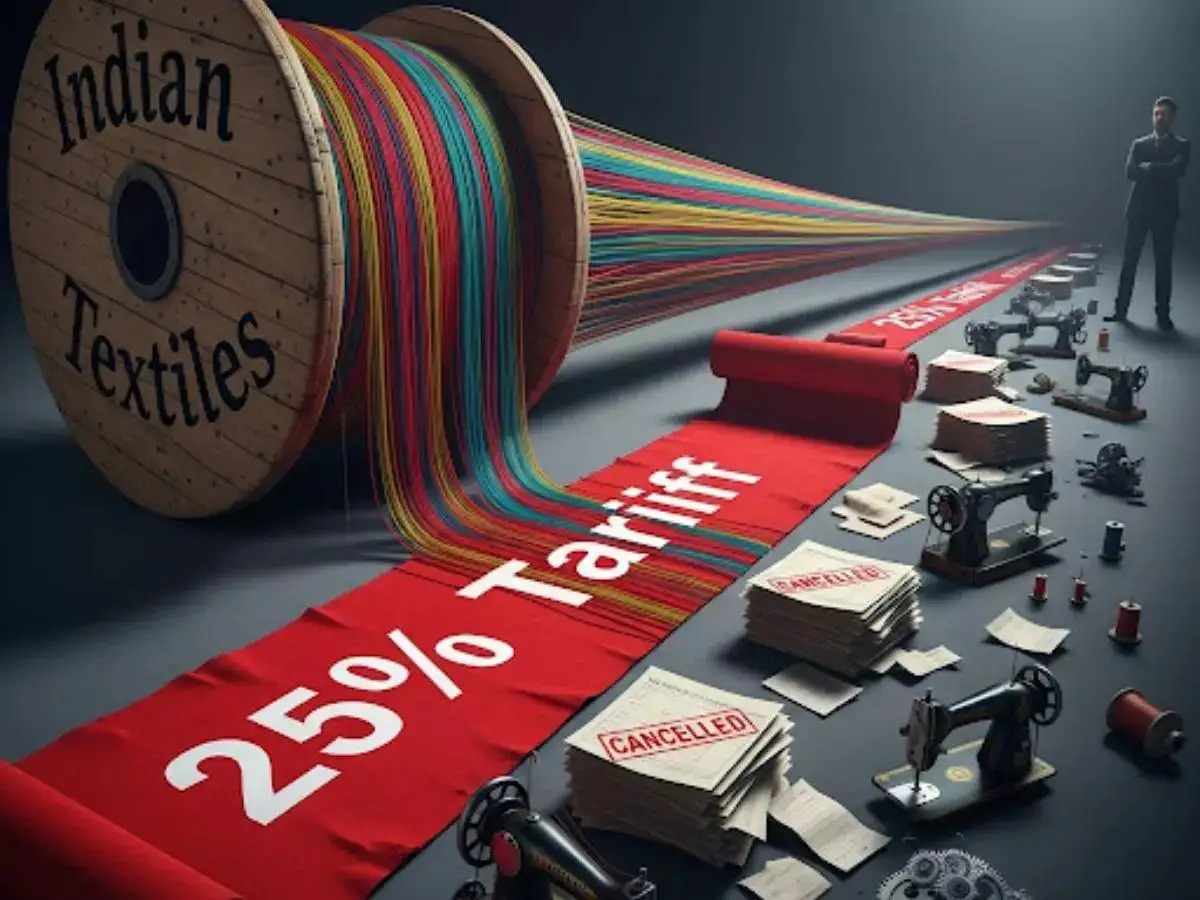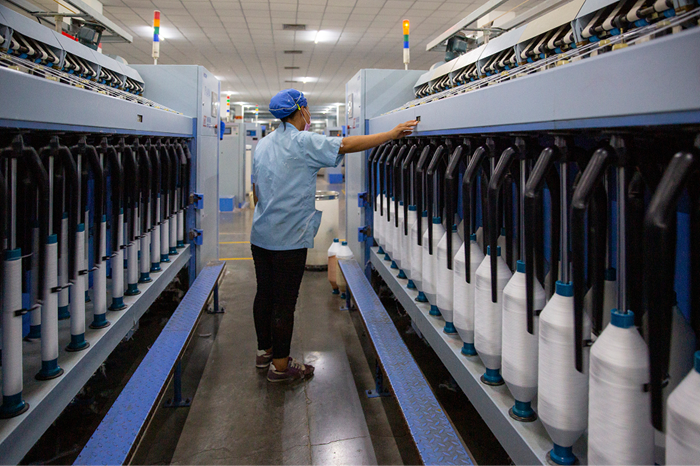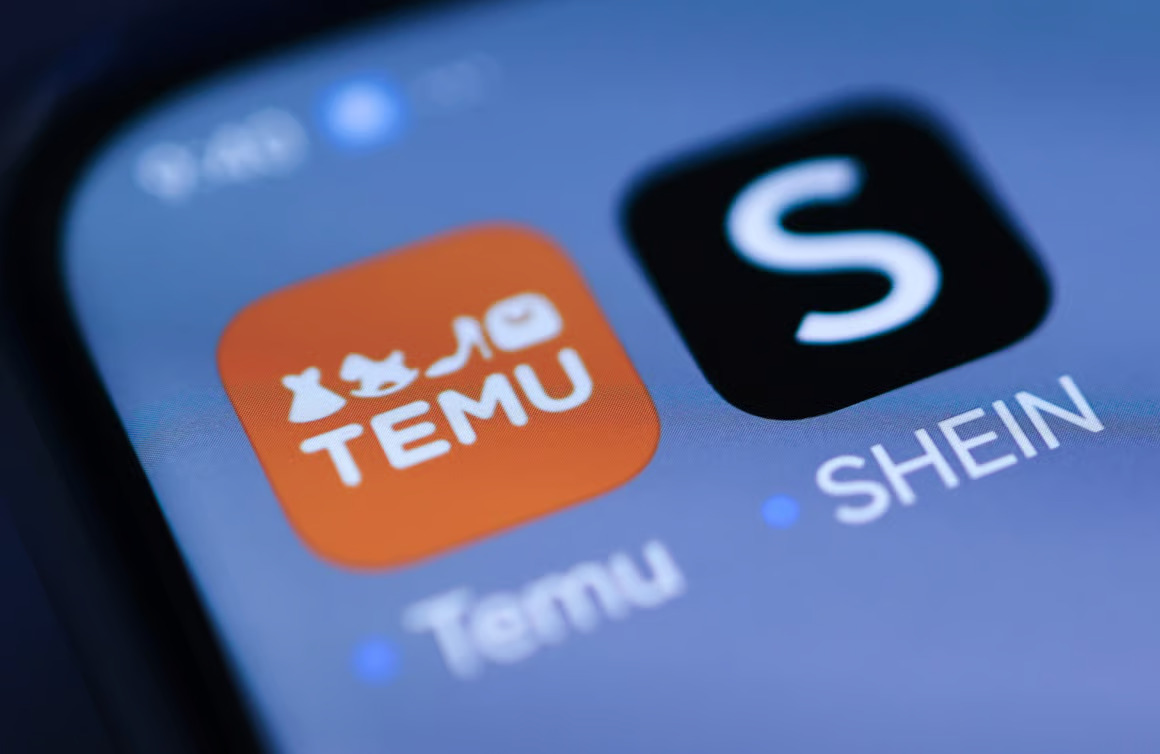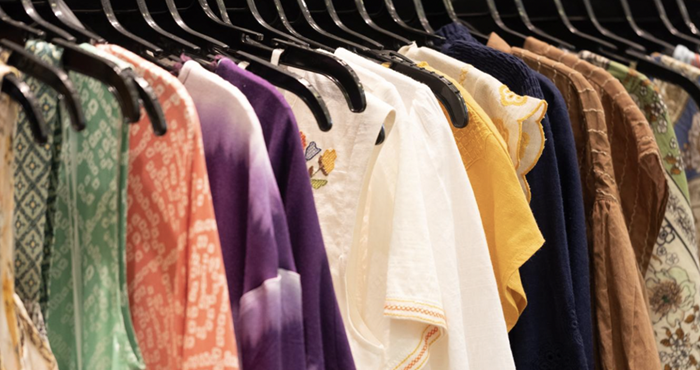"They were times when overseas operations of luxury retail brands would automatically boost their domestic image. But now, times have changed. Today, in order to grow and scale up, well-known labels are merging with each other. The most recent example is the purchase of Versace by Michael Kors for $2bn. With the retail market facing growth stagnation for sometime mergers provide an effective route for expansion. Last year, mergers and acquisitions in the retail sector increased 15 per cent."
 They were times when overseas operations of luxury retail brands would automatically boost their domestic image. But now, times have changed. Today, in order to grow and scale up, well-known labels are merging with each other. The most recent example is the purchase of Versace by Michael Kors for $2bn. With the retail market facing growth stagnation for sometime mergers provide an effective route for expansion. Last year, mergers and acquisitions in the retail sector increased 15 per cent.
They were times when overseas operations of luxury retail brands would automatically boost their domestic image. But now, times have changed. Today, in order to grow and scale up, well-known labels are merging with each other. The most recent example is the purchase of Versace by Michael Kors for $2bn. With the retail market facing growth stagnation for sometime mergers provide an effective route for expansion. Last year, mergers and acquisitions in the retail sector increased 15 per cent.
Balancing exclusivity and growth
The fiduciary responsibility of public companies leads to increase in sales and profits particularly in case of luxury retail companies. This ultimately leads to more commercialisation. However, exclusivity will always remain the pillar of luxury. The prevailing problem for luxury retailers therefore, is to drive growth without compromising on exclusivity. To achieve this, retailers are opting for consolidation. Several factors are driving consolidation, these include: bifurcation, expanding into places like China and digitization.
There numerous examples of brand consolidation across the luxury market, for example, Louis Vuitton and YSL are both now owned by LVMH and Kering. The Chinese groups Fosun International and Shandong Ruyi are currently dominating the market having bolstered significantly their luxury fashion portfolios by acquiring European brands like Lanvin and Bally. But these groups already have an increasing number of competitors including the US-based Tapestry, which now owns Coach, Kate Spade and Stuart Weitzman and, most recently, Michael Kors.
owned by LVMH and Kering. The Chinese groups Fosun International and Shandong Ruyi are currently dominating the market having bolstered significantly their luxury fashion portfolios by acquiring European brands like Lanvin and Bally. But these groups already have an increasing number of competitors including the US-based Tapestry, which now owns Coach, Kate Spade and Stuart Weitzman and, most recently, Michael Kors.
Evolving versus maintaining the brand
Consolidation provides easier access to products, greater experiences through digitisation and better product guidance through brand integration for consumers. For example, Sainsbury’s acquisition of Argos’ parent company has enabled customers to gain easier access to a wider variety of products under one roof. However, these new conglomerates need to carefully communicate the integrated brand vision to avoid compromising the authenticity and integrity that made the original brands successful. It’s essential to strike the right balance between growth and brand integrity – particularly exclusivity and uncompromising quality. Design and customer experience are the essential ingredients of luxury brands - not price points.
Establishing a balance
Consolidation benefits not only the acquiring brand but also the one that is acquired. The acquiring brands needs to rejuvenate and increase relevancy through new brands, whether emerging luxury players or more established and iconic luxury brands. The acquired brand, on the other hand, needs to expand its footprint and penetrate new markets which seem difficult with finite resources, distribution channels and supply chain. These benefits make the choice a lot easier for brands like Michael Kors et al, to buy market share rather than investing time and pounds into trying to capture it.
However, consolidation has its own share of problems. Striking the right balance between growth, exclusivity and brand integrity is likely to be a major challenge for brands embarking on the consolidation. So is integrating different cultures, fashion principles and value system.












